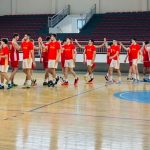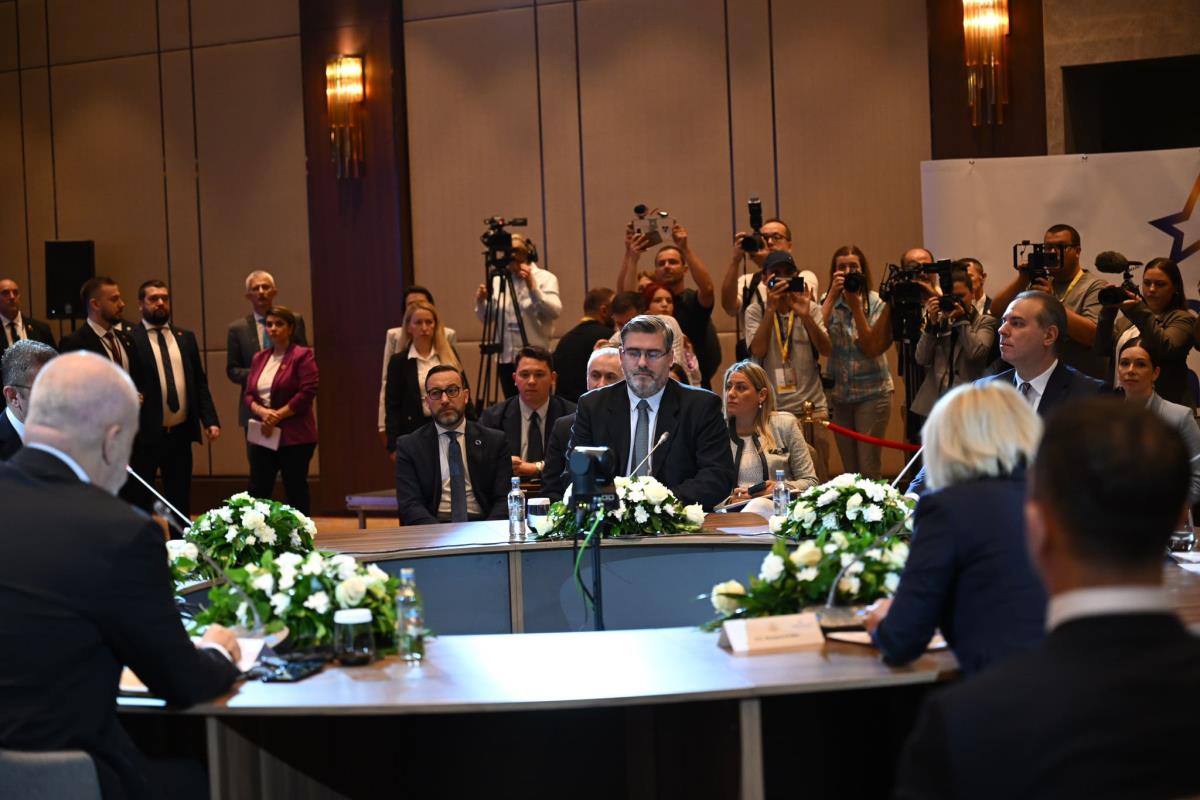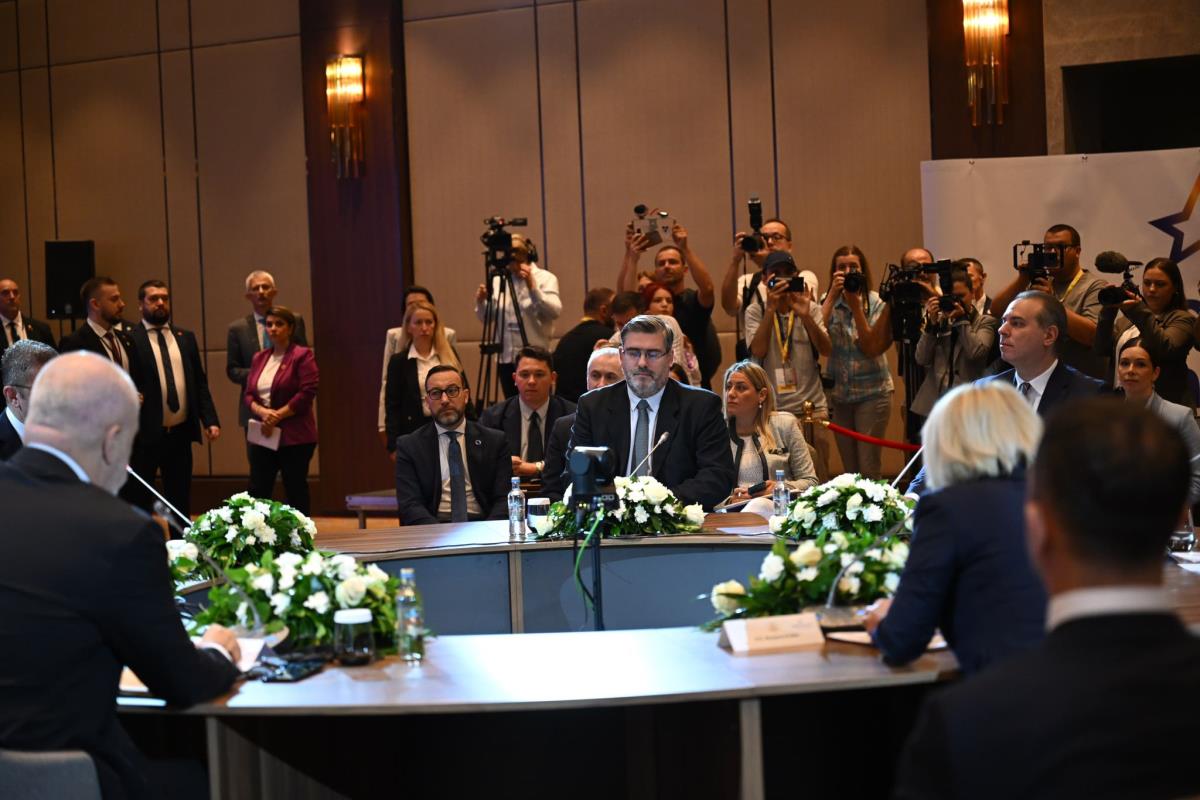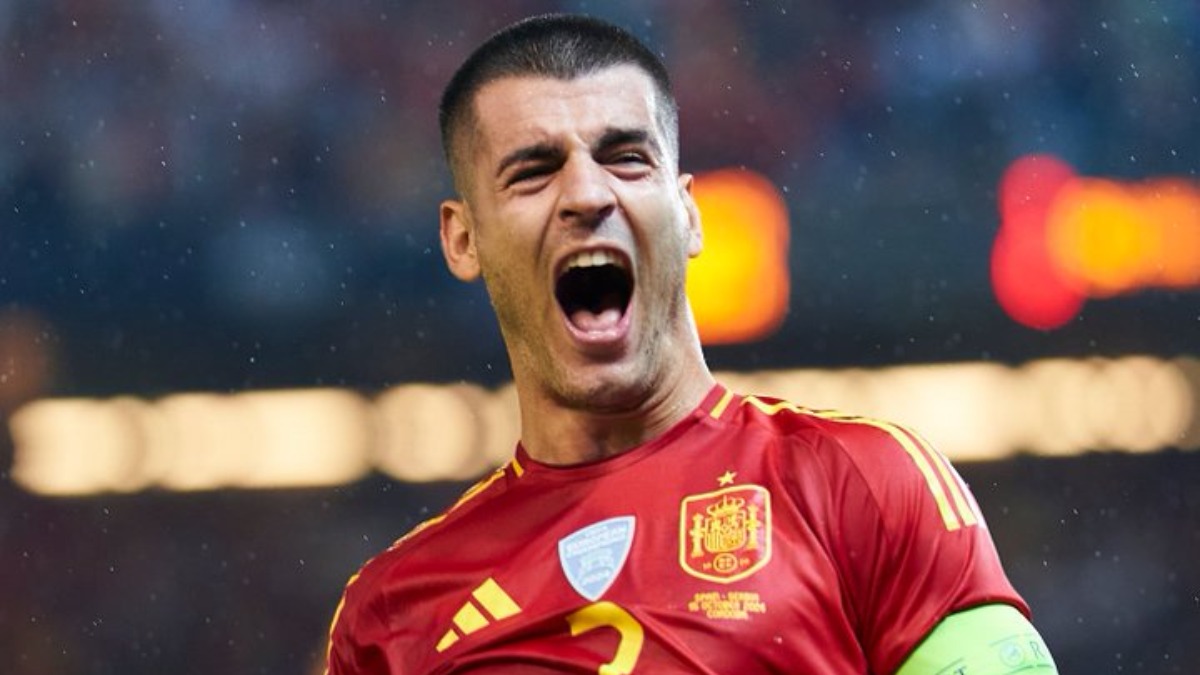Dear readers, buckle up for a wild ride through Balkan political drama and European integration! At the recent summit in Skopje, where leaders of the Western Balkans and representatives of the European Commission gathered, Serbia once again showed it’s ready to dive deeper into European waters. But is it really that simple? Istar Starović, our man in Brussels, didn’t hold back – Serbia is ready to open Cluster 3, which covers competition rules and inclusive growth. It’s like saying, “Hey Europe, we’re ready to play by your rules!” But wait, it’s not all sunshine and rainbows. Further support from EU member states is needed to speed up the process. It’s like Serbia is running a marathon, and Europe is holding the starting pistol but not giving the signal.
What’s Cluster 3? It’s a key part of the negotiations dealing with competition rules and inclusive growth – the core economic reforms Serbia must implement to get closer to the EU. Istar emphasized that Serbia’s entry into the EU single market is a strategic economic priority, not just a formality. That means a better life for citizens and a stronger economy. But will Europe really support Serbia or leave it waiting in the cold bureaucratic wind?
Serbia has already made significant strides – it joined the single euro payments area (SEPA), is discussing expanding green transport corridors to EU member states, and accession to AKA agreements. All this sounds like Serbia is slowly but surely becoming part of the European system. However, the process is not easy. The European Commission assessed back in 2022 that Serbia was ready to open Cluster 3, but it hasn’t happened yet. Why? Because support from member states is needed, and they often have their own interests and conditions.
The summit also featured other key players: North Macedonia’s Prime Minister Hristijan Mickoski, European Commissioner for Enlargement Maria Gabriel, Albanian Prime Minister Edi Rama, Chairwoman of the Council of Ministers of BiH Borjana Krišto, representative of the provisional Pristina institutions Albin Kurti, and Montenegro’s Deputy Prime Minister Filip Ivanović. They all know that the European integration process is crucial for the region’s stability and prosperity, but the road is thorny.
And let’s not forget – the summit was held in a status-neutral format, meaning Kosovo’s status was not prejudged, which remains one of the biggest political issues in the region. So, while Serbia marches toward the EU, political tensions still simmer.
The bottom line? Serbia is at a crossroads. On one hand, it has the chance to get closer to the EU and improve its citizens’ lives. On the other, it faces bureaucratic hurdles and political games that could slow or even stop the process. Will Serbia manage to speed up its path to Europe, or will it remain stuck in an endless waiting game? Only time will tell.
What do you think? Is Serbia really ready for the EU, or is this all just another political show? Drop a comment, spark a debate, or just share a laugh with your friends over this Balkan soap opera!


















